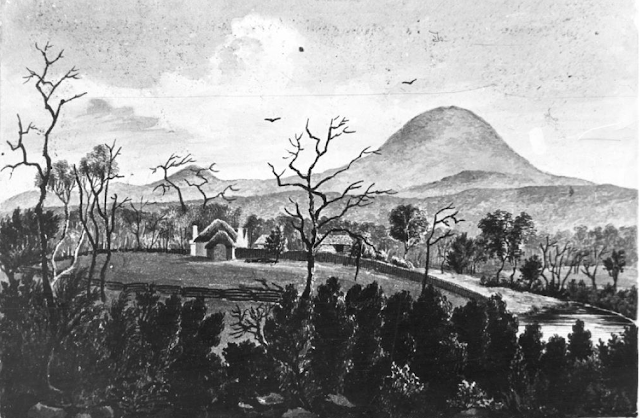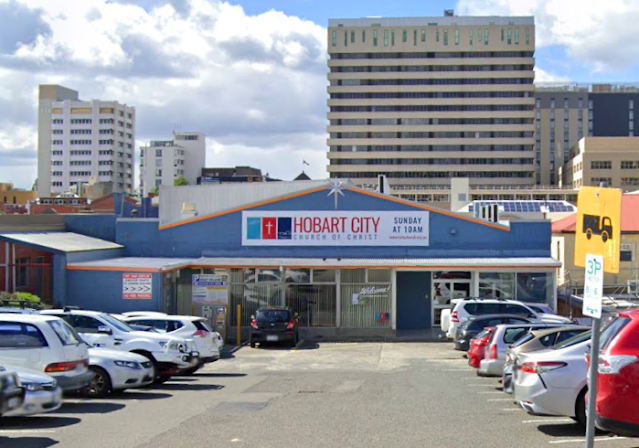No. 1064 - South Launceston - Galvin Street Salvation Army Barracks (1922-1942)

By the turn of the 20th century, the Salvation Army had established a significant presence in Launceston with citadels in Elizabeth Street and at Invermay. In the early 1920s a corp was established in South Launceston and a hall or ‘barracks’ was soon after erected on Galvin Street. The Galvin Street barracks was not a new building but the former Deloraine Salvation Army hall which was dismantled and transported to Launceston in late 1921. The reconstructed building along with a weatherboard cottage, also from Deloraine, was officially opened on Saturday 25 March 1922. The Hobart Mercury reported: “The opening and dedication of a new Salvation Army barracks and officers’ quarters took place at South Launceston this afternoon…There was a large crowd present, including visiting officers and comrades. Prior to the commencement of the proceedings, an inspection was made of the officers’ quarters. These consist of a nice five-roomed cottage, with front and back verandahs, and conveniences,









